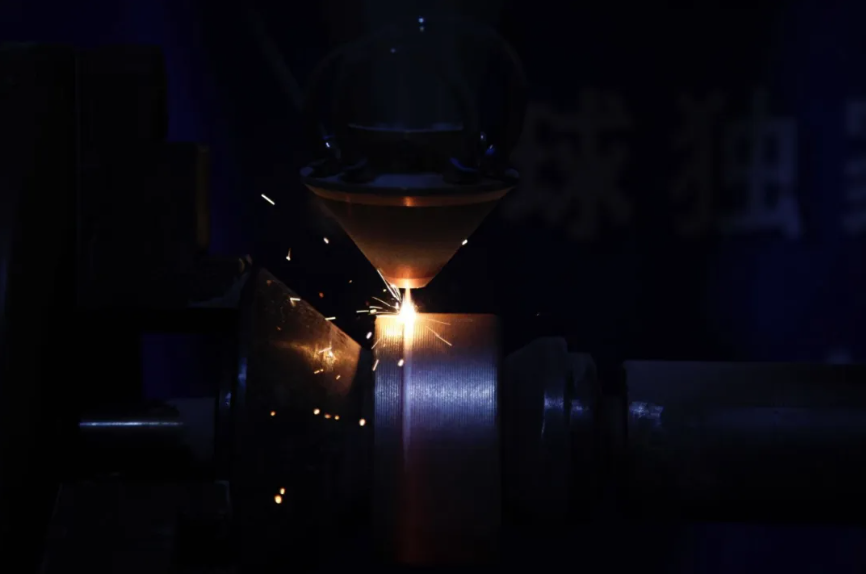Application of laser welding in 5G base station antenna cable welding
The base station antenna is the intermediate component of transmitting and receiving signals, and as a converter, it can convert the guided wave propagated on the line and the electromagnetic waves radiated from space to each other. With the arrival of the 5G era, the traditional antenna began to be replaced by high-end, high-tech base station antennae, and more and more new technologies will be applied to the base station antenna. The future 5G base station will continue to increase, 5G base station antenna single value synchronization enhancement, will boost the 5G base station antenna investment scale, and promote the development of the whole base station antenna!
China's base station antenna development has experienced the process from the initial dependence on foreign imports to the current local independent production. Simple structure, low-performance base station antenna in the gradual introduction of a variety of technologies, from omnidirectional, unipolar to multi-band, multi-polar, directional transformation, today's 5G era, China's base station antenna manufacturers international status is further improved, Huawei independent research and development, the industrial chain layout to become a global antenna market giant, China's base station antenna began to lead the global industry chain development.
The core of the current antenna technology is large-scale array antenna technology, base station antenna upgraded, active development of the antenna to improve the antenna design and production costs, and actively promote the value-added base station antenna thus affecting the size of the market. 2016-2020 base station antenna market size CAGR of 36.72%, based on this growth rate, the base station antenna market size in 2021 reached $41.6 billion
Laser Soldering Application for Base Station Antenna Cables and PCBs
In the field of mobile communications, the structure of the base station antenna is more complex, and its internal structure is mainly composed of sheet metal parts, die-casting parts, PCB circuit boards, coaxial cables, and other parts assembled or structural components welded together. Among them, the welding between the metal structural components is a more common process, the purpose of its welding is, first, to ensure a good electrical connection, and second, to ensure a durable mechanical connection. Therefore, there are very high requirements for the consistency of the amount of tin in the solder joints, the fusibility of the solder joints, mechanical strength, and other related parameters.
In the existing technology, after the surface treatment of the metal structural parts, a single welding head is usually used to carry out point-to-point heating, and at the same time, the solder is added to make the welding surface of the two metal structural parts form an alloy layer to realize the effective connection. As a single welding head is heated, the solder near the welding head is heated more, and the solder far from the welding head is heated less, resulting in the solder being heated differently and flowing unevenly, which makes the consistency of the strength of the weld surface poorer, and reduces the stability of the connection.
Case of laser soldering for room antenna
MRJ-laser provides a laser tin brazing welding method for base station antenna to solve the problem of unstable welding of metal structural parts and hardware structural parts. It includes:
1. The structural member is fixed so that the surfaces to be welded on the structural member are in contact or spaced at a preset distance;
2. The structural member with a plurality of welding points is fixed using an automatic welding device, and heating is rapidly implemented by a laser to realize preheating treatment;
3. And then use the automatic welding device on the laser welding system on the structure of the simultaneous implementation of the heating, while automatically conveying the solder, until the preset heating time.
4. Finally, the laser welding system on the automatic welding device automatically withdraws the solder and forms a solid alloy surface welding joint after cooling.
The laser welding system automatically feeds tin and the amount of tin is precisely controllable, at the same time, the system has a constant temperature control function, which can be programmed through the software to set the laser preheating time, and welding heating time, to ensure the consistency of the welded joints on each contact surface. In addition, laser welding also has the advantages of precise control of the welding position and automation of the welding process, and has been widely used in coaxial cable and PCB circuit board welding processing and production.





Comments
Post a Comment